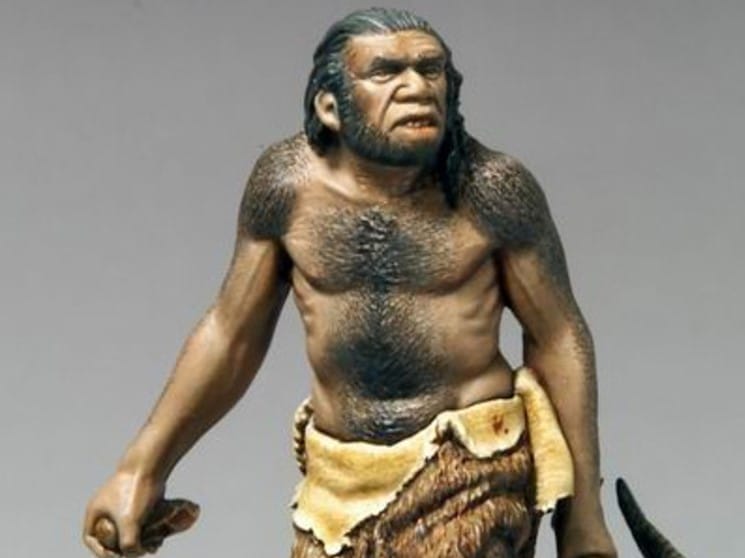
Sejarah, Jenis dan Ciriciri Meganthropus Paleojavanicus
You are free: to share - to copy, distribute and transmit the work; to remix - to adapt the work; Under the following conditions: attribution - You must give appropriate credit, provide a link to the license, and indicate if changes were made. You may do so in any reasonable manner, but not in any way that suggests the licensor endorses you or your use.

4 CiriCiri Meganthropus Paleojavanicus Ruana Sagita
Oleh karena fosil tersebut berukuran sangat besar dan menyerupai raksasa, maka von Koenigswald menyebutnya Meganthropus Paleojavanicus. Meganthropus Paleojavanicus berasal dari kata mega yang berarti besar, anthropus yang bermakna manusia, paleo berarti tertua, dan javanicus artinya Jawa. Baca juga: Pithecanthropus Erectus: Penemuan, Ciri-ciri.
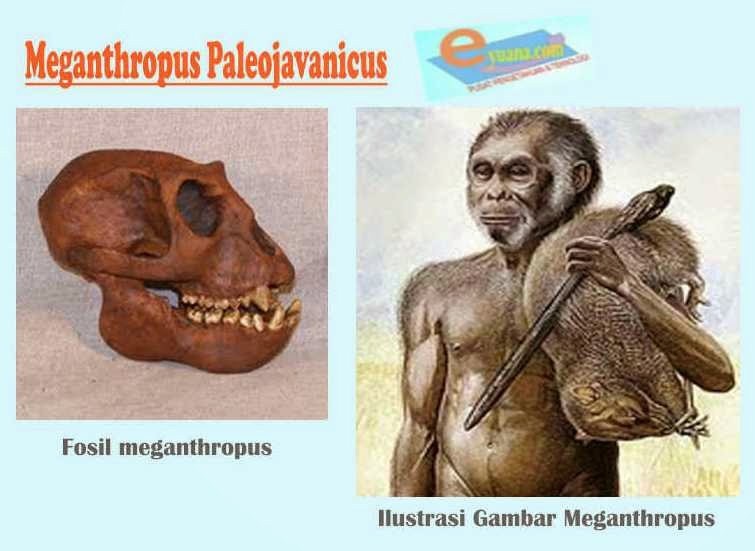
gambar manusia purba meganthropus paleojavanicus
Global Biodiversity Information Facility. Free and Open Access to Biodiversity Data.

Manusia Tertua Itu Meganthropus Paleojavanicus Bukan Pithecanthropus Erectus, Ditemukan di
The high morphodimensional variability of Indonesian hominid specimens led in the past to the attribution of the fossils to a variety of taxa such as H. erectus, Meganthropus palaeojavanicus.

Jenis Jenis Manusia Purba Meganthropus Paleojavanicus
Meganthropus adalah sekumpulan koleksi fosil mirip manusia purba yang ditemukan di Indonesia.Fosil ini pertama kali ditemukan oleh G.H.R von Koenigswald pada tahun 1936 dan berakhir 1941 di Situs Sangiran, yaitu rahang bawah dan rahang atas.Ketika pertama ditemukan, von Koenigswald menyebutnya Meganthropus palaeojavanicus,artinya manusia raksasa dari jawa.
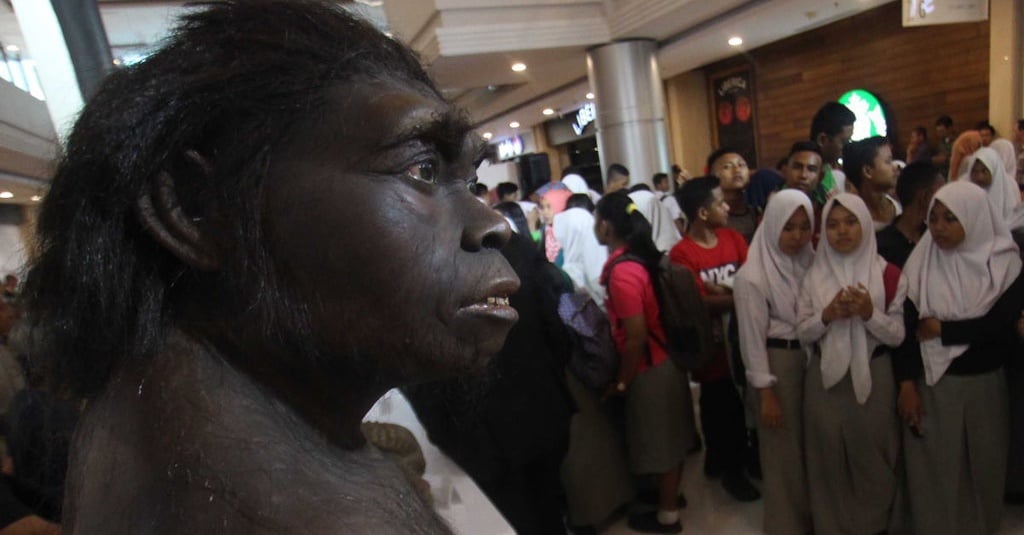
Arti Meganthropus Paleojavanicus Sejarah, Penemu, Ciri, & Karakter
Meganthropus is a name commonly given to several large jaw and skull fragments found at the Sangiran site near Surakarta in Central Java, Indonesia. The original scientific name was Meganthropus palaeojavanicus, and while it is commonly considered invalid today, the genus name has survived as something of an informal nickname for the fossils.

Meganthropus palaeojavanicus was a great ape from the Middle Pleistocene of Java. Formerly
Meganthropus is an extinct genus of non-hominin hominid ape, known from the Pleistocene of Indonesia. It is known from a series of large jaw and skull fragments found at the Sangiran site near Surakarta in Central Java, Indonesia, alongside several isolated teeth.The genus has a long and convoluted taxonomic history. The original fossils were ascribed to a new species, Meganthropus.

Manusia Purba Di Indonesia Meganthropus Paleojavanicus
There are now twelve significant hominid cranial fossils from the Lower and Middle Pleistocene of Java, all but two being from the Sangiran site. Most of this material is well-known in the literature, but three skulls, possibly representing "Meganthropus" are here described in detail for the first time. Most scholars have assigned them all toHomo erectus, while others have suggested that.
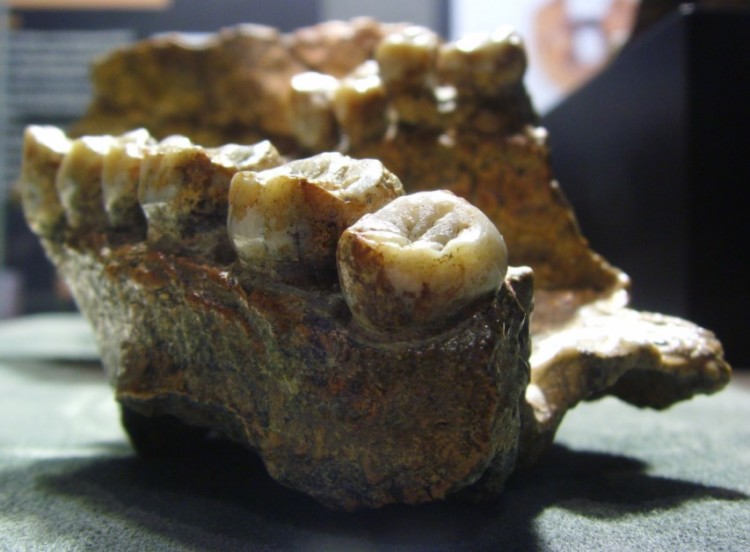
Sejarah, Jenis dan Ciriciri Meganthropus Paleojavanicus
Tooth Size of Meganthropus palaeojavanicus: an Analysis of Distances between some Fossil Hominids and a Modern Human Population A biometric study comparing dental measurements of "Sangiran 6" with australopitheeines, pithecanthropines, modern pongids (Gorilla) and modern hominids is undertaken. Mesio-distal and vestibulo-lingual diameters of.

Meganthropus Paleojavanicus, Sejarah Manusia Purba Tertua di Indonesia
Meganthropus Palaeojavanicus. Pemberian nama Meganthropus Paleojavanicus berasal dari kata 'mega' artinya 'besar' dan anthropus artinya manusia. Sedangkan kata 'paleo' berarti tua, dan Javanicus berasal dari Jawa. Penemuan fosil tidak ditemukan dalam keadaan lengkap. Penemuan fosil yang ditemukan yaitu bagian tengkorak, rahang bawah, dan gigi.
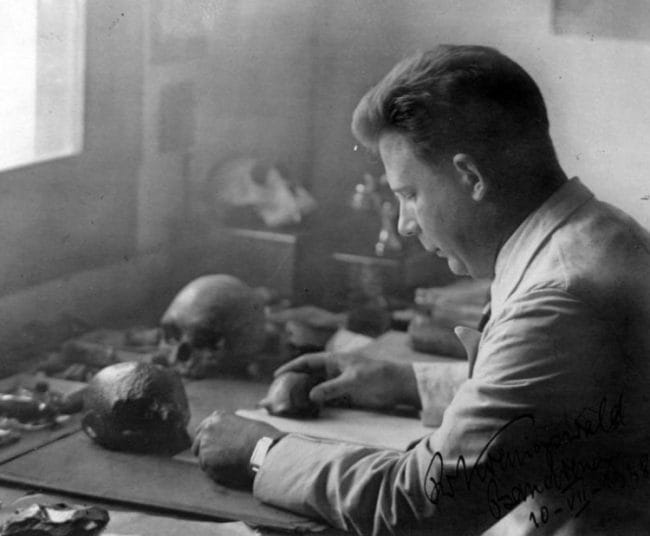
Sejarah, Jenis dan Ciriciri Meganthropus Paleojavanicus
Meganthropus palaeojavanicus was known very tall with body height of 8 feet and this made M. palaeojavanicus as the tallest hominid ever existed. This species was living in closed tropical woodland and hilly landscape as the fossil remains were found in a remote forest in Sangiran, central Java. Owing large body size, it may influence the foraging ecology of M. palaeojavanicus to cope with the.

Meganthropus Paleojavanicus, Sejarah Manusia Purba Tertua di Indonesia
However, because of the substantial morphological and metric variation in the Indonesian assemblage, some robust specimens, such as the partial mandibles Sangiran 5 and Sangiran 6a, were formerly variably allocated to other taxa (Meganthropus palaeojavanicus, Pithecanthropus dubius, Pongo sp.).

Сангиран 8 Мегантроп B; Meganthropus palaeojavanicus Антропогенез.РУ
Meganthropus is a name commonly given to several large jaw and skull fragments found at the Sangiran site near Surakarta in Central Java, Indonesia. The original scientific name was Meganthropus palaeojavanicus, and while it is considered invalid until quite recent times, a study in 2019; of tooth morphology found Meganthropus is indeed a valid genus of non-hominin hominid ape, most closely.
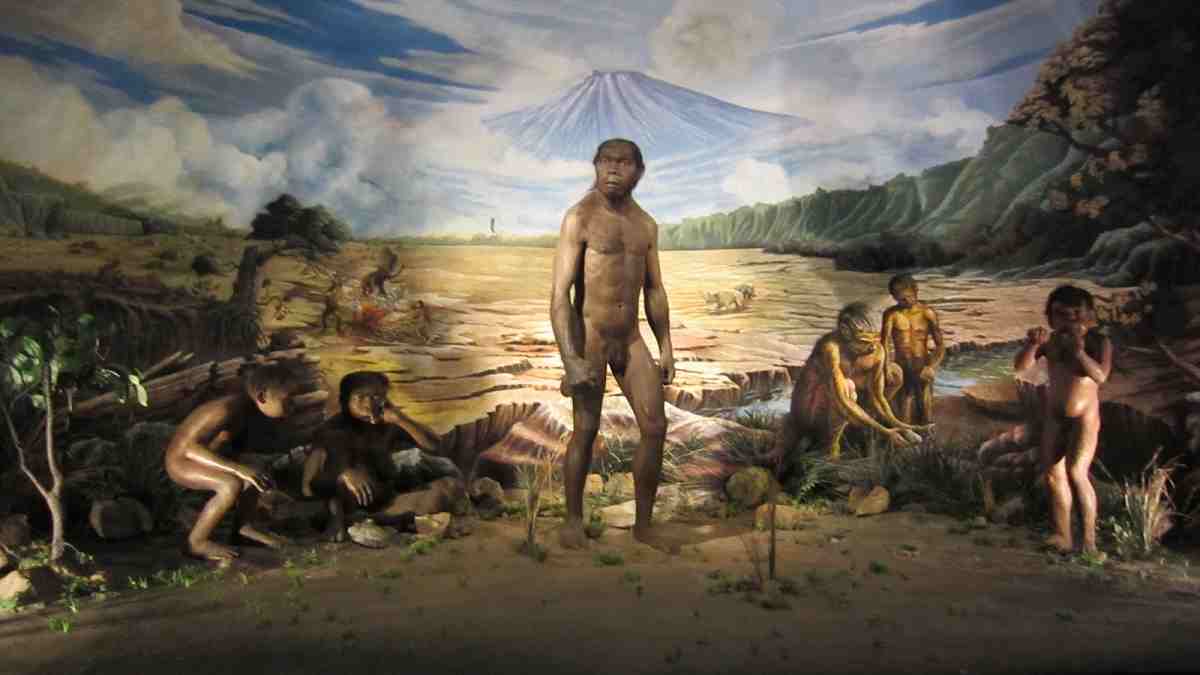
Ciri Meganthropus Paleojavanicus, Tingginya Mencapai 2,5 Meter
Pleistocene hominid diversity in Indonesia is a matter of vibrant discussions since over a century. Using advanced methods of virtual imaging, we re-investigated some of the robust dentognathic remains from Java, including the specimen Sangiran 6a originally proposed as holotype of Meganthropus palaeojavanicus but commonly attributed to Homo erectus.

Meganthropus Paleojavanicus Pengertian & Corak Kehidupan
Meganthropus palaeojavanicus was known very tall with body height of 8 feet and this made M. palaeojavanicus as the tallest hominid ever existed. This species was living in closed tropical woodland and hilly landscape as the fossil remains were found in a remote forest in Sangiran, central Java.

Materi Ciri Ciri dan Sejarah Meganthropus Paleojavanicus / Sejarah Indonesia YouTube
Meganthropus paleojavanicus adalah manusia purba tertua di Indonesia. Kenali sejarah penemuan, ciri-ciri fisik, dan karakteristiknya.. yaitu Meganthropus palaeojavanicus. Dia telah menyelesaikan publikasi tentang kedua spesimen tersebut pada musim semi 1942. Akan tetapi naskahnya hilang dan tidak pernah dipublikasikan.